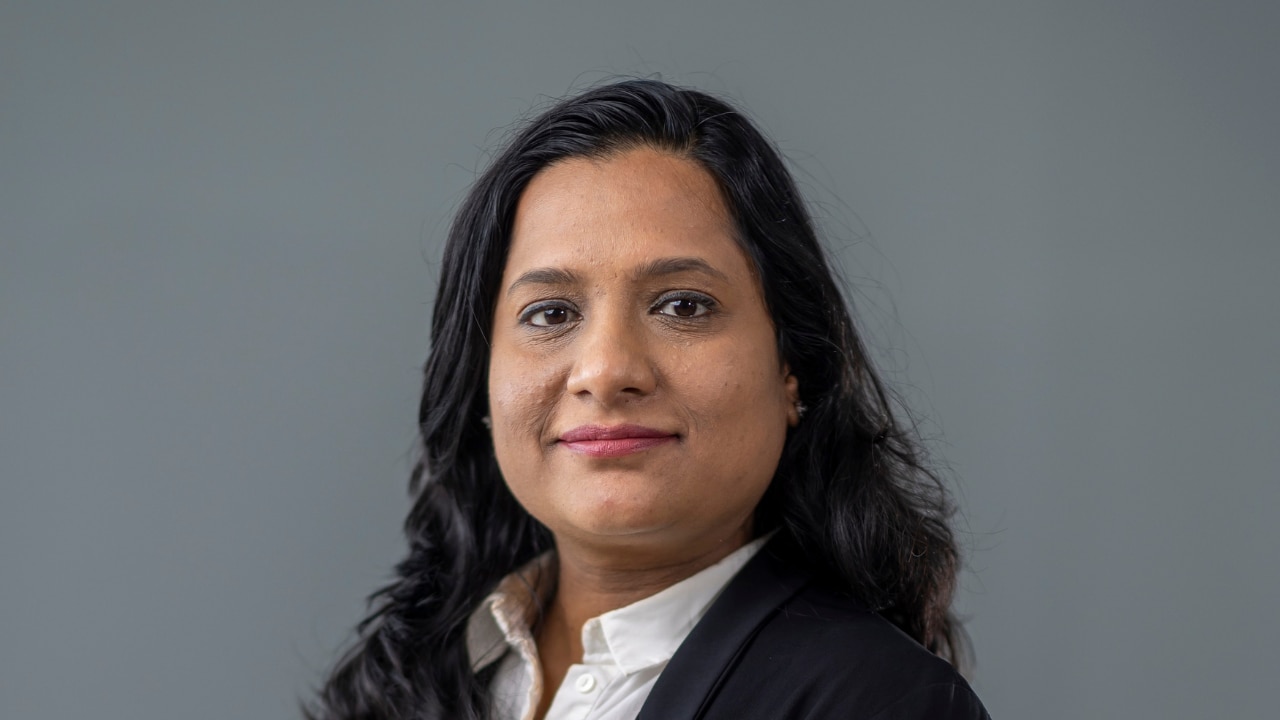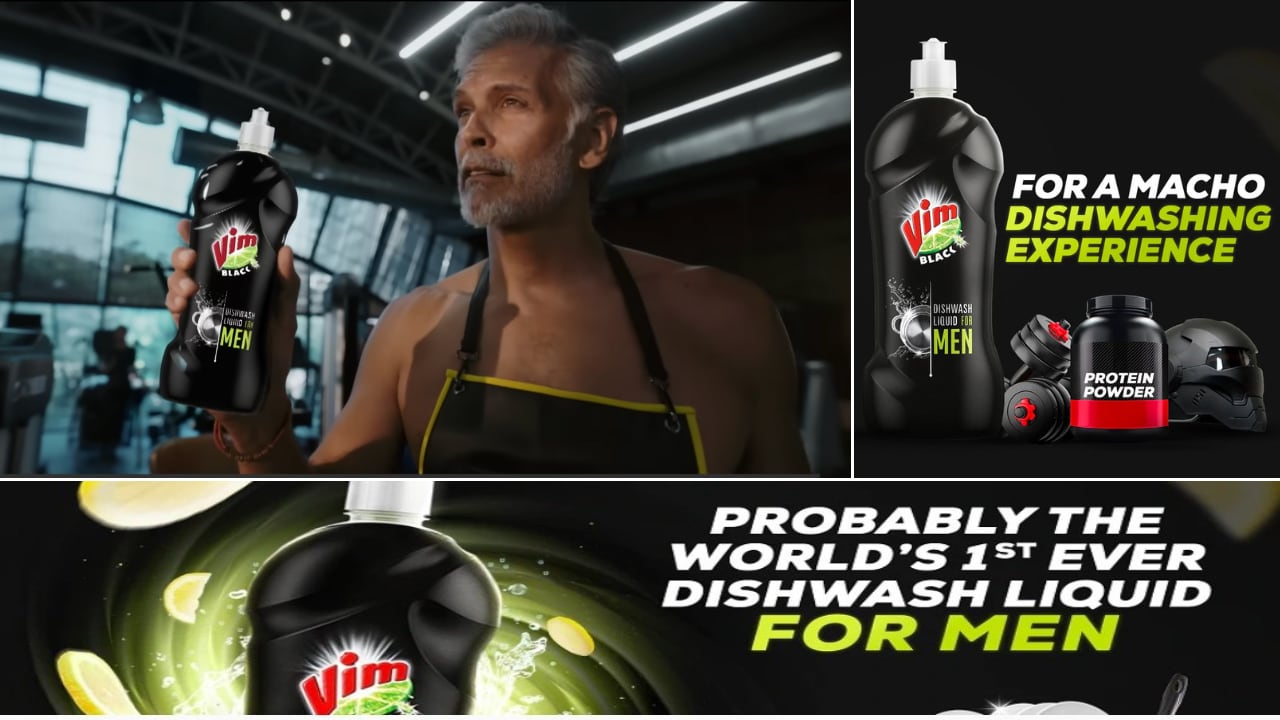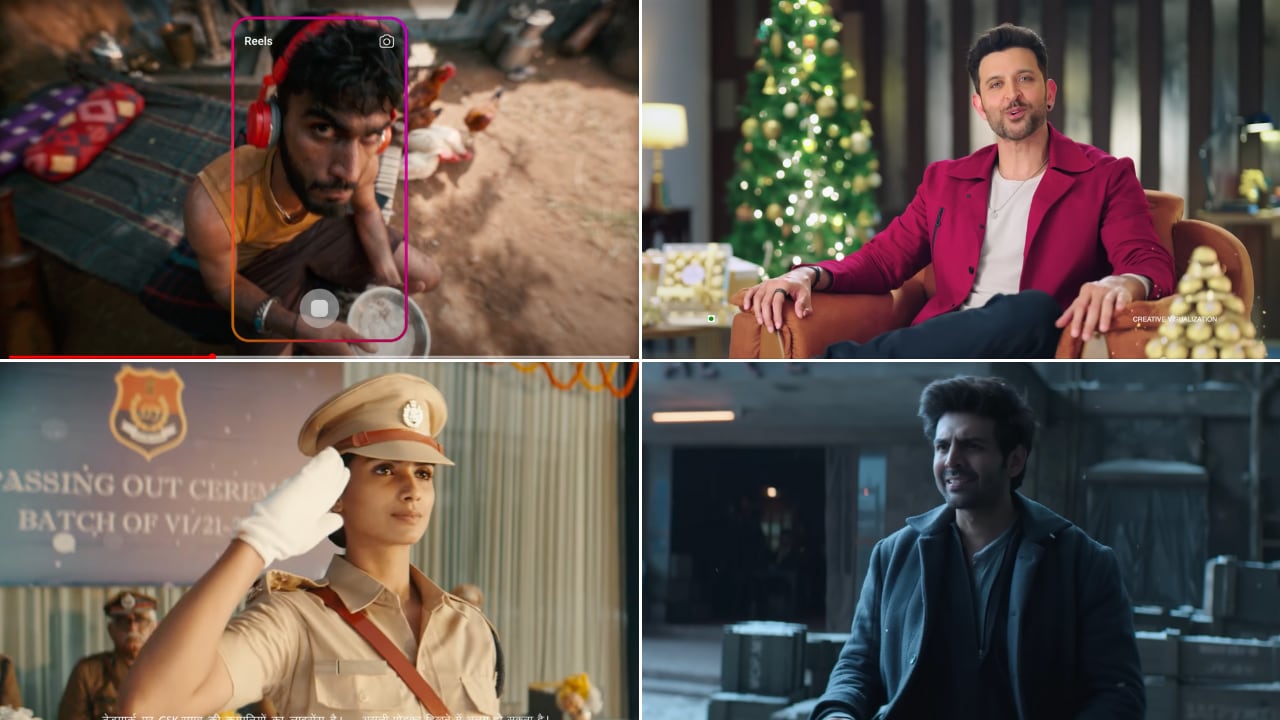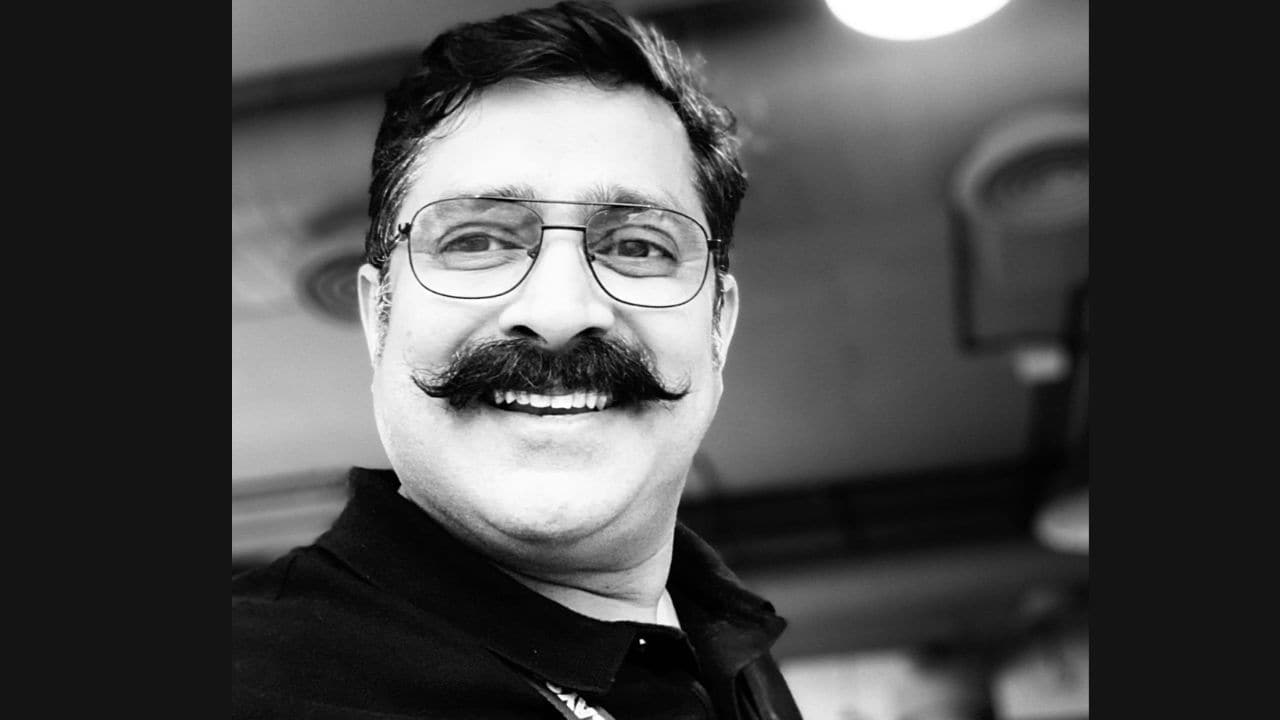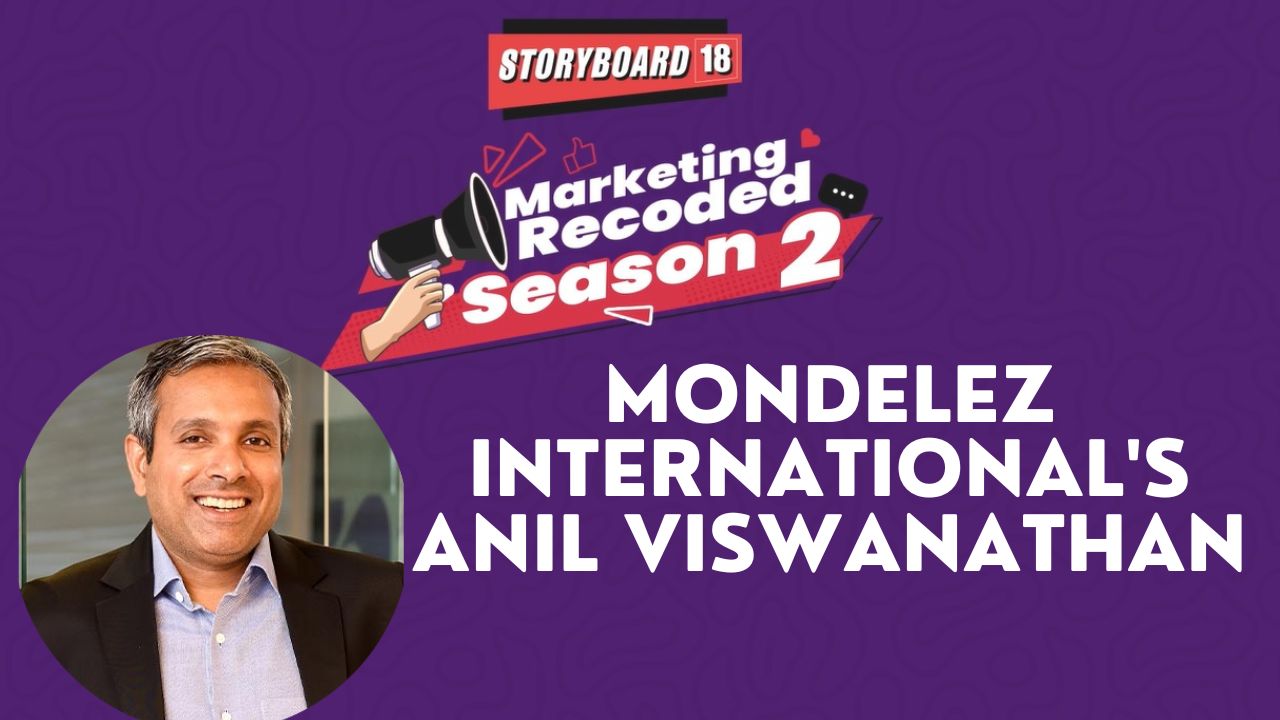Murarka stepped down from her position in November. Her stint at the company lasted for two years and 11 months.
Month: December 2022
New epicenters of influence are growing: Asmita Dubey, L’Oreal global marketing chief
L’Oreal’s global chief digital and marketing officer Asmita Dubey on pioneering beauty tech, ‘radical inclusivity, conversational commerce, Web3 and women in gaming.
Why is Max Life Insurance leveraging Rohit Sharma as a family man for its advertising?
The insurance firm switched from sports sponsorship to working with endorser Rohit Sharma and wife Ritika Sajdeh and leveraging their family image in its ads.
Simply Speaking: The rise and fall of Kodak
If ever there was a brand that owned a category, it was Kodak. But it lost its way thinking what it did was always right.
HUL’s Vim Black ad: A well-intentioned satire to break gender stereotypes goes wrong. Here’s why.
Vim Black as a product offering doesn’t actually exist. It was Hindustan Unilever’s attempt to get men to change their perspectives on household chores. But it backfired.
Mast & Meh: Doritos, iQOO, Vim, Instagram, Iodex, Britannia, Ferns N Petals
Find out who made the cut and who got cut in Storyboard18’s weekly picks of the best and boring ads.
Air India teams up with Microsoft to enhance employee experience
Using Microsoft’s security tools, the collaboration aims to transform the employee experience into one that is “comprehensive, agile and empowering”, Air India said.
FIFA World Cup 2022: How many Indians watched the football matches so far?
The cumulative reach for the first 48 matches of the tournament has touched 42.2 million, as per BARC data for Cable & Satellite (CS) 2+ audience.
WPP agency VMLY&R India gets Red Fuse’s Saurabh Saksena as CEO
Saurabh Saksena will be based out of Mumbai and will report to Hari Ramanathan, CEO- VMLY&R, South and South-East Asia and Japan.
Marketing Recoded – Season 2 ft. Mondelez International’s Anil Viswanathan
Anil Viswanathan, the recently promoted MD, Vietnam, & Southeast Asia of Mondelez International, shares tips for modern marketers, trends that matter, and more.
